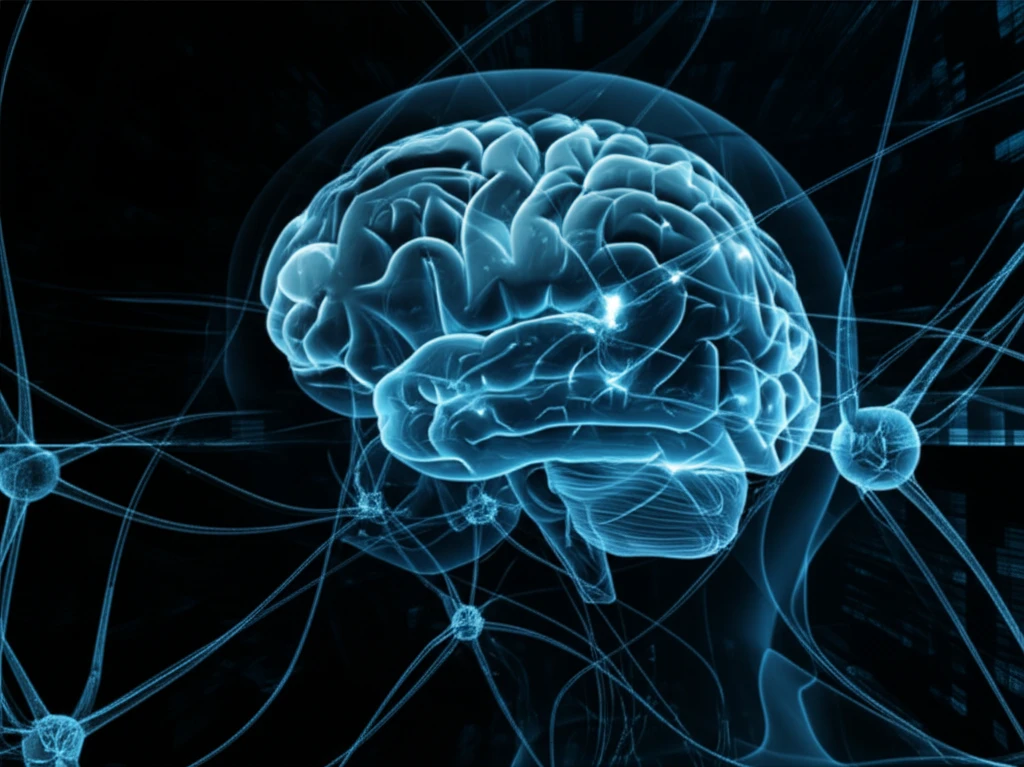
Brain Savior: How AI is Revolutionizing Stroke Treatment
"Discover how artificial intelligence is transforming stroke diagnosis, treatment, and recovery, offering hope for faster and more personalized care."
Imagine a world where stroke diagnosis is lightning-fast, treatment is precisely tailored, and recovery is maximized. This isn't science fiction; it's the promise of artificial intelligence (AI) in stroke medicine. Stroke, a devastating condition affecting millions worldwide, demands rapid and accurate intervention. Now, AI is stepping up to the challenge, offering innovative solutions to improve every stage of stroke care.
AI, at its core, is about creating computer systems that can mimic human intelligence. In medicine, this translates to machines that can analyze complex data, recognize patterns, and make decisions – all with the goal of enhancing patient outcomes. Stroke medicine is ripe for AI innovation, given the vast amounts of imaging data and the critical need for speed and precision.
This article dives into the exciting world of AI in stroke imaging, exploring how these technologies work, their current applications, and their potential to reshape the future of stroke treatment. Whether you're a healthcare professional, a stroke survivor, or simply curious about the future of medicine, get ready to discover how AI is becoming a powerful ally in the fight against stroke.
AI to the Rescue: How Machine Learning Deciphers Stroke

Machine learning, a core component of AI, is making significant strides in stroke imaging analysis. These techniques enable computers to 'learn' from vast datasets of medical images, identifying subtle patterns and anomalies that might be missed by the human eye. Two main types of machine learning are being used:
- Support Vector Machine (SVM): Excellent for classification tasks. It creates a boundary (hyperplane) to separate different categories of data, such as distinguishing between types of stroke.
- Decision Trees: These algorithms create a tree-like structure to make decisions based on different features in the data.
- Regression techniques: These methods predict continuous outcomes, such as the extent of brain damage after a stroke.
The Future is Intelligent: AI's Expanding Role in Stroke Care
AI is poised to revolutionize stroke care, from faster diagnosis to personalized treatment and improved recovery. By harnessing the power of machine learning and other AI techniques, we can unlock new insights into stroke, leading to better outcomes for patients worldwide. While challenges remain, the potential of AI to transform stroke medicine is undeniable, offering a brighter future for those affected by this devastating condition.
